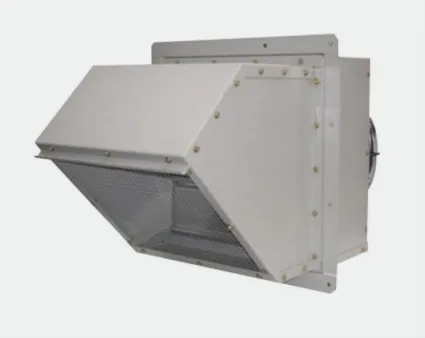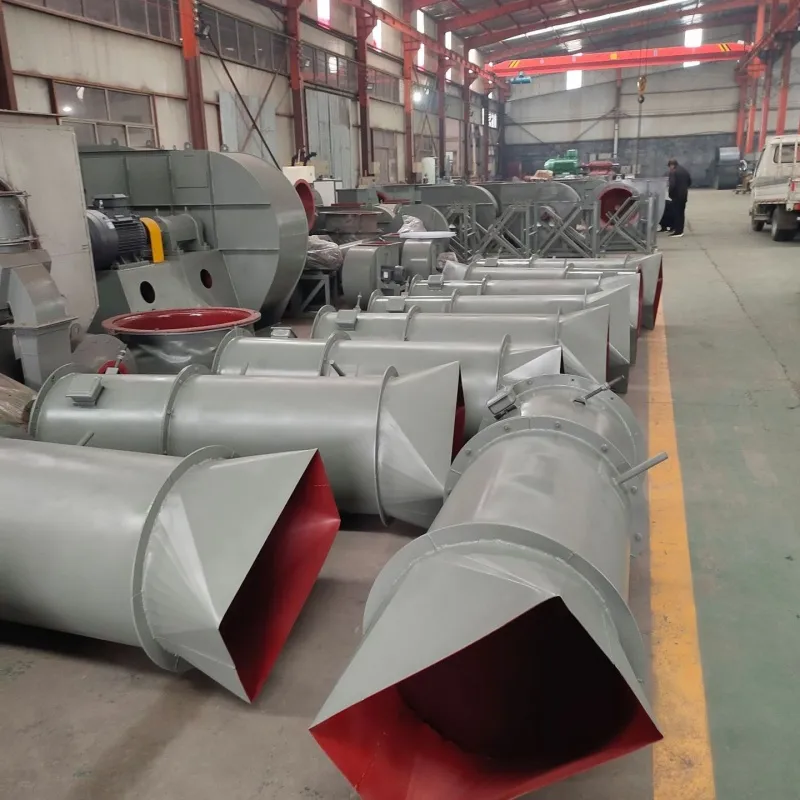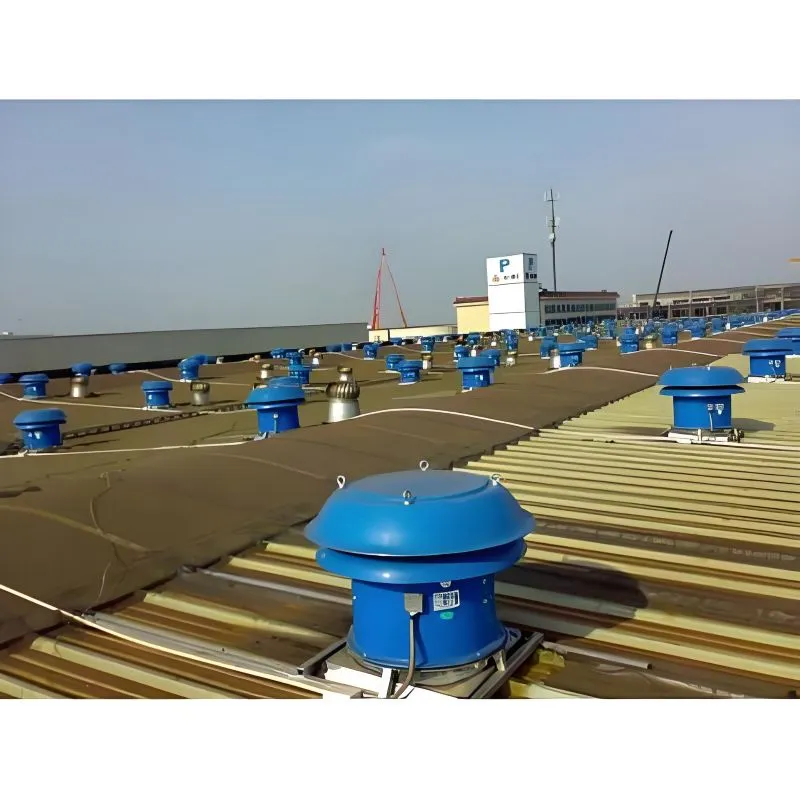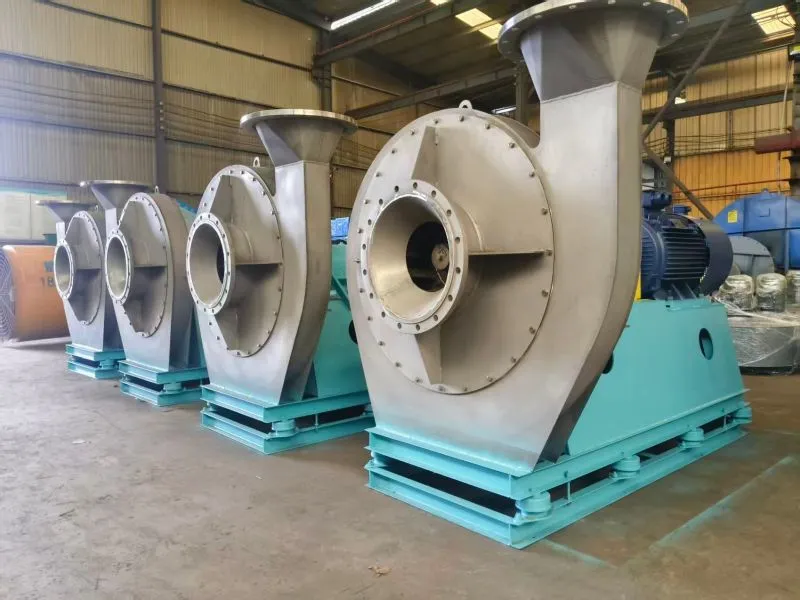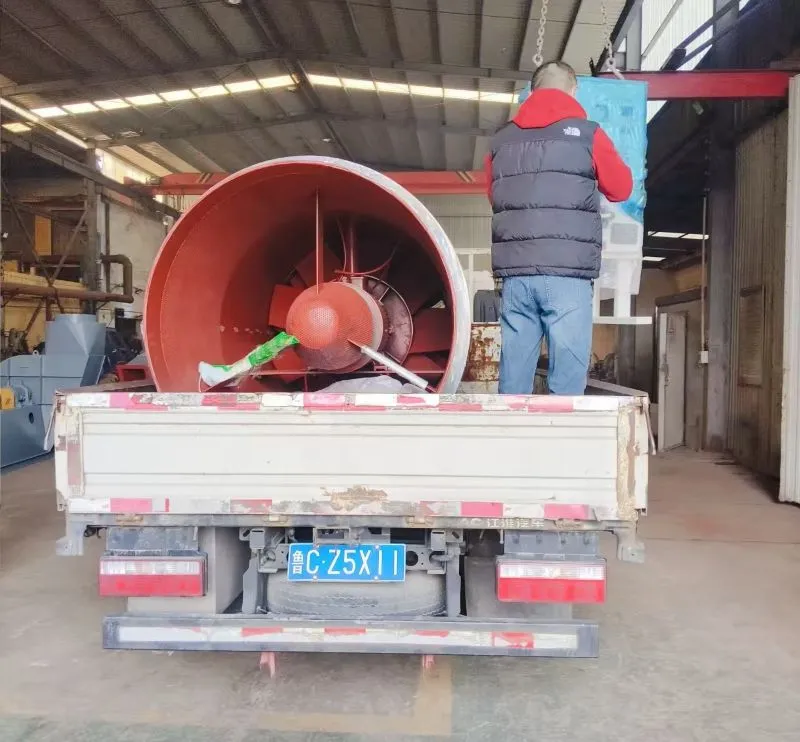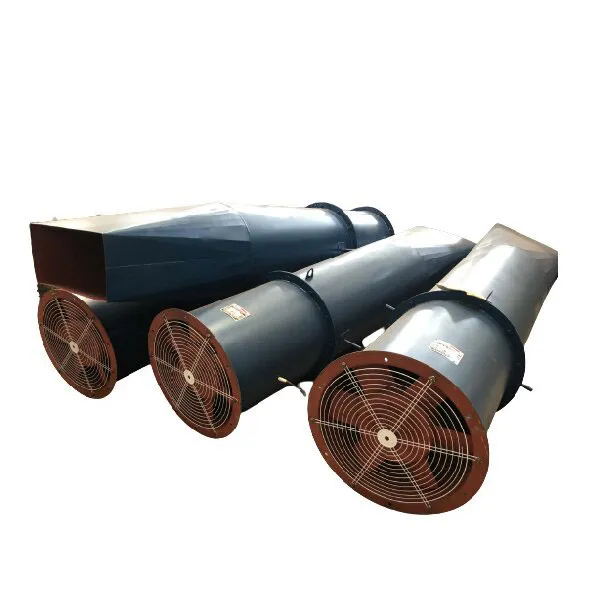د باد انرژي په نړیواله کچه وده کوي ، مګر کله چې د چینایي تولید کونکو خبره راځي ، نو ډیری وختونه یوه اوږده پوښتنه شتون لري: نوښت یا نقل؟ دا یوه تیاره سیمه ده چیرې چې واقعیت او تصور اکثرا سره ټکر کوي. مګر د زیبو هونګچینګ فین شرکت په څیر شرکتونو سره د پام وړ ځای ته د رسیدو سره ، کیسه یو تازه بدله اخلي. دوی نور یوازې د مینه والو او بلورز په اړه ندي؛ دوی خپل تخنیکي مهارتونه په نوي تصوراتي لارو پلي کوي.
د مولډ ماتول
د سټریوټائپ برعکس چې چینایي شرکتونه د کیفیت په پرتله د مقدار په اړه ډیر دي، د ځمکنۍ ټیکنالوژۍ په لور بدلون شتون لري. شرکتونه په زیاتیدونکې توګه په R&D کې پانګونه کوي. دا نادره نده چې د څیړنې مرکزونه ومومئ ، په ځانګړي توګه د زیبو هونګچینګ فین شرکت ، لمیټډ په څیر شرکتونو کې ، چیرې چې تمرکز د دوی د 50 څخه ډیر لړۍ او د 600 بلورز ماډلونو پراخه لړۍ اصالح کولو ته اړول شوی ، د غوښتنلیکونو هدف چې د دودیزو استعمالونو څخه هاخوا پراخیږي.
چینایي شرکتونو په تدریجي ډول د دوی د تولید پروسې ښه کړي. د لوی سمندري توربینونو په پراختیا کې دقیقیت یو مرکزي ټکی دی. دا دقیقیت اکثرا په سینټرفیوګال وینټیلیټرونو او نورو بلویر ټیکنالوژیو کې د رامینځته شوي تمرینونو څخه پور اخلي ، هغه ساحه چیرې چې شرکتونه لکه هانګچینګ اکسل.
او دا یوازې د کوریا یا الماني توربین اخیستلو او یو څه ټیک کولو په اړه ندي - دا د نوښت بشپړې هڅې دي. تاسو ګورئ، د هغو شرکتونو سره چې د زنګ په وړاندې مقاومت لرونکي ماډلونو کې تخصص لري، دا ټیکنالوژي د توربین اوږد عمر او موثریت لپاره نوي لید وړاندې کوي.
مواد او پایښت
نوښت د موادو په کچه هم پیښیږي. د نوي ، قوي موادو کارول چې د ساحل سخت چاپیریال برداشت کوي د لوبې بدلون کونکی دی. د دې بلورز څخه سټینلیس سټیل او خیاطي الیاژ یو نوی ژوند موندلی ، د نه ستړي کیدونکي سمندري ځواکونو پروړاندې توربینونه پیاوړي کوي.
دا په زړه پورې ده چې پوه شئ چې د سټینلیس سټیل فین تولید کې ځینې تخنیکونه اوس د باد توربین اجزاو رامینځته کولو لپاره تطابق کیږي چې دواړه سپک او قوي دي. بدلون فرعي دی، مګر په پایښت او موثریت اغیزه د پام وړ ده.
د پایښت زاویه نشي کولی له پامه غورځول شي. په تولید کې د کثافاتو په کمولو باندې ډیر تمرکز شتون لري، د زرغون، ډیر دوامدار تولیدي کړنالرو په لور د لوی نړیوال فشار اعاده کول.
د سمارټ ټیکنالوژیو غوره کول
بله د پام وړ کود د ډیجیټل ټیکنالوژۍ منل دي. IoT او AI دلته یوازې ټکي نه دي. دا په سیسټمونو کې مدغم شوي ترڅو دواړه توربین فعالیت او د ساتنې مهالویشونو ته وده ورکړي. په حقیقت کې، سمارټ سینسرونه د کان کیندنې ټیکنالوژیو کې ریښې لري چې د هغو شرکتونو لخوا اصالح شوي چې د کان کیندنې محوری جریان پرستار چمتو کوي، لکه د زیبو هونګچینګ فین شرکت، لمیټډ څخه.
د معلوماتو تحلیل یو مهم رول لوبوي. د AI لخوا پرمخ وړل شوي وړاندوینې ساتنه د احتمالي ناکامیو مخه نیولو کې مرسته کوي. دا فرضي نه دي؛ د ریښتیني نړۍ غوښتنلیکونه په لاره اچول کیږي.
په یاد ولرئ، دا نه یوازې د توربینونو د چلولو په اړه دي، بلکې د باد د مختلفو شرایطو لپاره د دوی غوره کول هم دي، کوم چې د لږ اټکل وړ باد سایټونو لپاره خورا مهم دی.
د همکارۍ او پوهې تبادله
د دغه صنعت نړيوال ماهيت په دې معنا دی چې همکاري کليدي ده او چينايي توليدونکي د ستراتيژيکو همکاريو په جوړولو کې اجنبي نه دي. دا اتحادونه اکثرا اړین لیدونه او عصري ټیکنالوژي میز ته راوړي.
د دې شرکتونو لپاره د نړیوالو څیړنیزو موسسو سره د همکارۍ لپاره مخ په زیاتیدونکي تمایل شتون لري ، د نوښت منحل کولو لپاره د مهارت شریکولو لپاره. دا په ګوته کوي چې څنګه د سینټرفیوګال او کان کیندنې مینه والو کې پوهه اوس د توربین نوښتونو سره اوبدل شوې ده.
دا ډول همکارۍ حتی د کراس سکټور ټیکنالوژۍ تبادلې ته پراختیا ورکوي، د باد ټیکنالوژۍ راتلونکی څپې چلوي. د تجربې او نوي نظرونو ترکیب د تطبیق وړ پرمختګونو لپاره حاصلخیزه ځمکه رامینځته کوي.
ننګونې او د زده کړې منحل
د دې لپاره چې ووایو دا ټول اسانه کښتۍ به ګمراه کونکي وي. ننګونې دوام لري، د پیچلتیاو اندازه کولو څخه د پالیسۍ چوکاټونو پورې چې ځینې وختونه غلط وي. د دې خنډونو حرکت کول دواړه تخنیکي هوښیارتیا او ستراتیژیک لید ته اړتیا لري.
ناکامۍ واقع کیږي، مګر دوی د زده کړې پروسې لپاره اړین دي. په تجربوي ماډلونو کې ناکامۍ په هغه څه باندې رڼا اچوي چې کار نه کوي، مګر ډیر مهم، د هغه څه لپاره لاره هواره کړه چې کوي.
د دې نوښتونو او بدلونونو په زړه کې د نه منلو وړ ډرایو پروت دی چې نه یوازې د نیولو لپاره ، بلکه مخکښ کیدو لپاره. شرکتونه، لوی او کوچني، دا درسونه واخلي او د لفافې فشار ته دوام ورکړي. دا یو سفر دی - روان مګر ژمن دی.
د سرحدونو په ټینګولو سره، ډیری وختونه د فینونو او بلورز قوي ډیزاینونو لخوا خبر شوي، د زیبو هونګچینګ فین شرکت په څیر شرکتونه د اغیزمنو او انعطاف وړ باد توربینونو په وړاندې کولو کې پرمختګ کوي چې ممکن په راتلونکو کلونو کې د صنعت معیار خورا ښه تنظیم کړي.









